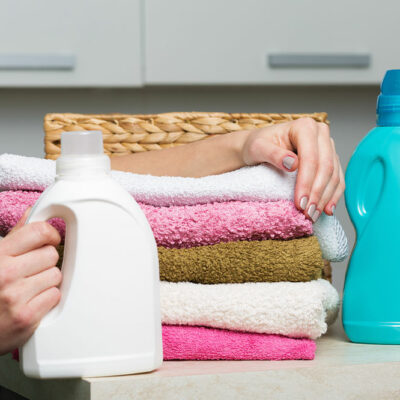
6 key mistakes to avoid when supporting charities
Donating is often considered a spiritual or moral obligation as a part of belief systems. Whatever the motivation, one can find various opportunities to donate. For instance, Giving Tuesday, i.e., the Tuesday after Thanksgiving, was introduced to encourage giving back to the community. On this day, one can volunteer at homeless shelters, organize meal drives, or donate to a charity. However, if one is considering supporting a charity, here are a few mistakes to avoid:
1. Making random donations
Supporting charities can be fulfilling, but one should review organizations and avoid giving in to random emotional appeals. Instead of making multiple small donations to several random organizations and charities, it would be more meaningful to support one or two reputable charities that are reliable. This way, one can generously support causes they truly believe, helping make a larger impact than giving too little to way too many charities. Further, not having a donation strategy in place can make one exhaust available resources, leaving little money to support the causes one holds dear.
2. Skipping research
One may tend to support charities that come highly recommended by friends, family members, or celebrities on social media. Here, one can assess whether the charities are worthy and reliable options by doing their own research and looking up each organization. Additionally, each charity has a unique cause to support and a strategy to achieve its goal. For example, there are several charities dedicated to cancer care. However, each of these organizations will have a unique strategy to work toward its mission. Some may aim to fund cancer research, while others may directly help those with cancer get appropriate treatment. So, one needs to look up an organization to see if its goals align with one’s beliefs. Research here can also help one determine if the organization is genuine. Here are a few tips for choosing the right charity to support:
– If one is considering supporting a local charity, volunteering might be the best first step in the process. This will give one a first-hand experience of how the charity works and whether its efforts benefit the particular cause.
– One can check the financial health of most charities. Here, one can consider getting a copy of the annual report if possible and check what percentage of donations go towards the mission of the charity and the amount of money that is spent on fundraising and administrative expenses. Ideally, 75% of the money should be allocated to its mission.
– One can also utilize online tools from charity raters to determine which organizations are truly reliable. These ratings are usually based on several factors, such as transparency and board activity.
3. Falling for high-pressure pitches
One should exercise caution while engaging with door-to-door representatives and telemarketers who request monetary support for their charitable organizations. One should be especially wary of those who claim to represent unfamiliar or obscure charities. This is because scammers can use such tactics to commit identity theft or financial fraud, especially if one ends up handing their credit card information in the process. Also, in many cases, charity telemarketers work for for-profit organizations that may retain a portion of the money collected for charity. This means that the donation may not reach the charitable organization in its entirety.
4. Not following up
One may contribute a couple of times in the year, such as during the holiday season or on Giving Tuesday, and then forget to check whether their contributions have made any difference. It is important to make sure that the funds, services, or belongings donated to a charity do not go in vain. To follow up on the donation, one must look up and re-evaluate their preferred charities once a year and monitor the organization’s ethics, effectiveness, and efficiency. Many charities have now started to document the impact they have made using data and numbers. So, one can ask for annual reports to understand how well their donation is being used toward the cause they support.
5. Ignoring personal values
Another important mistake one should sidestep when supporting charities is ignoring personal values and beliefs. It is important to have a clear purpose in mind while choosing a charity. For instance, one can choose from causes that resonate with them. The cause could be anything, from health care to climate change, poverty alleviation, and local or international issues. As making a difference is often a key goal while supporting charity, it is essential to know that the organization’s mission aligns with personal values.
6. Donating to receive a gift
A popular marketing tactic among certain charities is giving away prizes or gifts in exchange for donations. For instance, some may send mailers and messages that they are giving away coffee mugs, tote bags, or stationery if one donates a certain amount. Before one decides to support such a charitable organization, one should look into how much the gift costs. This will help in understanding how much the organization spends on fundraising. If the gifts seem to be expensive, then the organization could be spending more on fundraising than on the actual cause.


